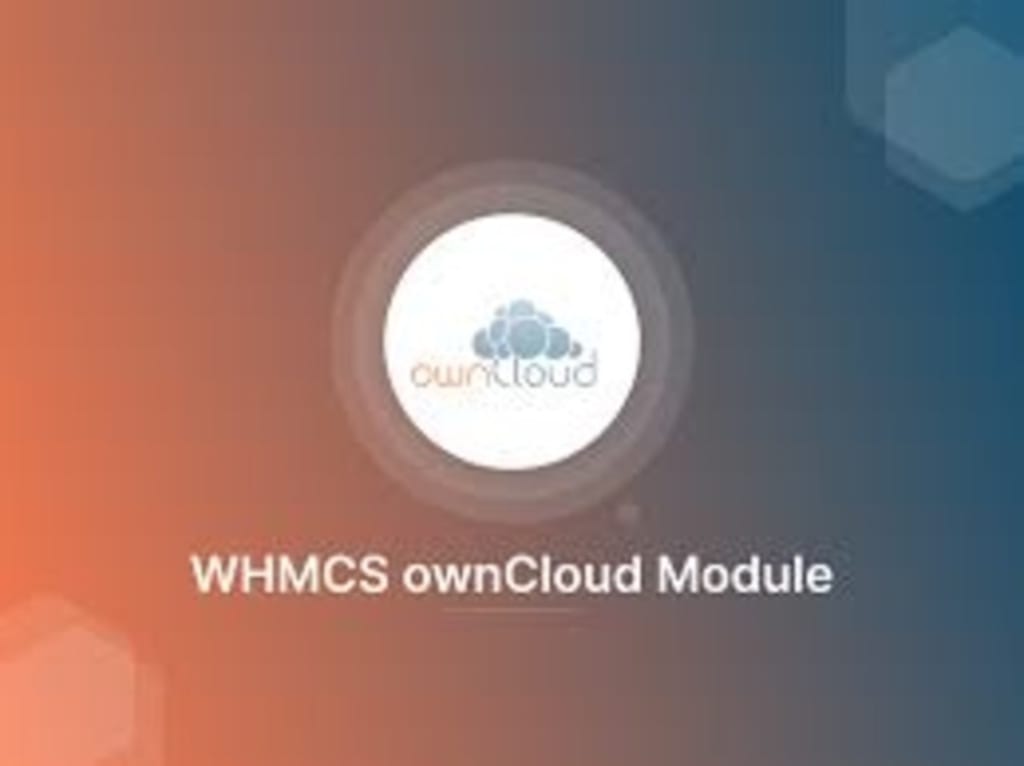Which is Better OwnCloud or Nextcloud?
OwnCloud

Both ownCloud and Nextcloud are popular open-source file synchronization and sharing solutions that offer similar functionalities. They both provide self-hosted cloud storage, collaboration features, and the ability to access and sync files across devices. However, there are some differences between the two platforms that might influence your choice.
Features: Nextcloud tends to release new features more frequently and has a slightly faster development cycle. This means that it often offers the latest features and improvements sooner than ownCloud.
Community and Development: Nextcloud was forked from ownCloud by some of the original developers who wanted to take the project in a different direction. As a result, Nextcloud's development is seen as more community-driven and agile.
User Interface: Both platforms have similar user interfaces, but Nextcloud's interface is often considered to be more polished and user-friendly.
Integration and Apps: Nextcloud has an active app development community and a wide range of third-party apps available, allowing you to customize your installation according to your needs. ownCloud also has a good selection of apps, but Nextcloud's ecosystem is considered to be more vibrant.
Security: Both platforms prioritize security, but Nextcloud has put an emphasis on security improvements and has received praise for its security features.
Performance: Performance can vary based on the specific server setup and configuration. Nextcloud has made some performance enhancements over the years that could potentially lead to better performance in certain scenarios.
Support and Enterprise Offerings: Both ownCloud and Nextcloud offer community editions that are free and open-source. Additionally, they both have enterprise versions with premium features and support. Depending on your needs and budget, you might want to explore the differences between their enterprise offerings.
In summary, the choice between ownCloud and Nextcloud largely depends on your specific requirements and priorities. If you value the latest features, community-driven development, and a polished user interface, Nextcloud might be the better option for you. However, if you prefer stability and a slightly different set of features, ownCloud could also be a suitable choice. It's recommended to evaluate both platforms based on your needs and possibly try out demos or installations to see which one aligns better with your goals.
How do I install my ownCloud?
To install ownCloud on your server, you will need a web server, a database server, and PHP. Below are the general steps to install ownCloud. Please note that these steps may vary slightly depending on your server's operating system and configuration. Here, I'll provide a basic outline for a Linux-based server:
Prerequisites:
A Linux server (Ubuntu, CentOS, etc.) with root or sudo access.
A web server (e.g., Apache or Nginx).
A database server (e.g., MySQL or MariaDB).
PHP and necessary extensions (e.g., PHP 7.2 or later, PHP modules).
Install Required Software:
Update your package repositories and install the necessary software packages. On Ubuntu, you might use the following commands:
bash
Copy code
sudo apt update
sudo apt install apache2 mariadb-server libapache2-mod-php php-gd php-json php-mysql php-curl php-mbstring php-intl php-imagick php-xml php-zip
Configure Database:
Secure your MariaDB installation: sudo mysql_secure_installation
Create a new database and user for ownCloud:
sql
Copy code
CREATE DATABASE owncloud;
CREATE USER 'ownclouduser'@'localhost' IDENTIFIED BY 'your_password';
GRANT ALL PRIVILEGES ON owncloud.* TO 'ownclouduser'@'localhost';
FLUSH PRIVILEGES;
Download and Install ownCloud:
Visit the ownCloud download page (https://owncloud.org/download/) to get the latest stable version link.
Download and extract the ownCloud archive to your web server's root directory (e.g., /var/www/html):
bash
Copy code
sudo wget https://download.owncloud.org/community/owncloud-x.y.z.zip
sudo unzip owncloud-x.y.z.zip -d /var/www/html/
sudo chown -R www-data:www-data /var/www/html/owncloud
Configure Web Server:
For Apache:
Enable necessary Apache modules: sudo a2enmod rewrite headers env dir mime
Create an Apache configuration file for ownCloud (e.g., /etc/apache2/sites-available/owncloud.conf) and configure it:
apache
Copy code
Alias /owncloud "/var/www/html/owncloud/"
<Directory /var/www/html/owncloud/>
Options +FollowSymlinks
AllowOverride All
Require all granted
<IfModule mod_dav.c>
Dav off
</IfModule>
</Directory>
Then, enable the configuration: sudo a2ensite owncloud.conf
Restart Apache: sudo systemctl restart apache2
For Nginx, refer to ownCloud's official documentation for the Nginx configuration.
Finish Installation via Web Browser:
Open a web browser and navigate to your ownCloud instance (e.g., http://your_server_ip/owncloud).
Create an admin account and configure the database settings (using the database name, user, and password you set earlier).
Finalize Installation:
Follow the on-screen instructions to complete the installation and set up your ownCloud instance.
Remember that this is a basic outline, and the exact steps might vary based on your server's operating system and configuration. Always refer to the official ownCloud documentation for the most up-to-date and detailed installation instructions.





Comments
There are no comments for this story
Be the first to respond and start the conversation.